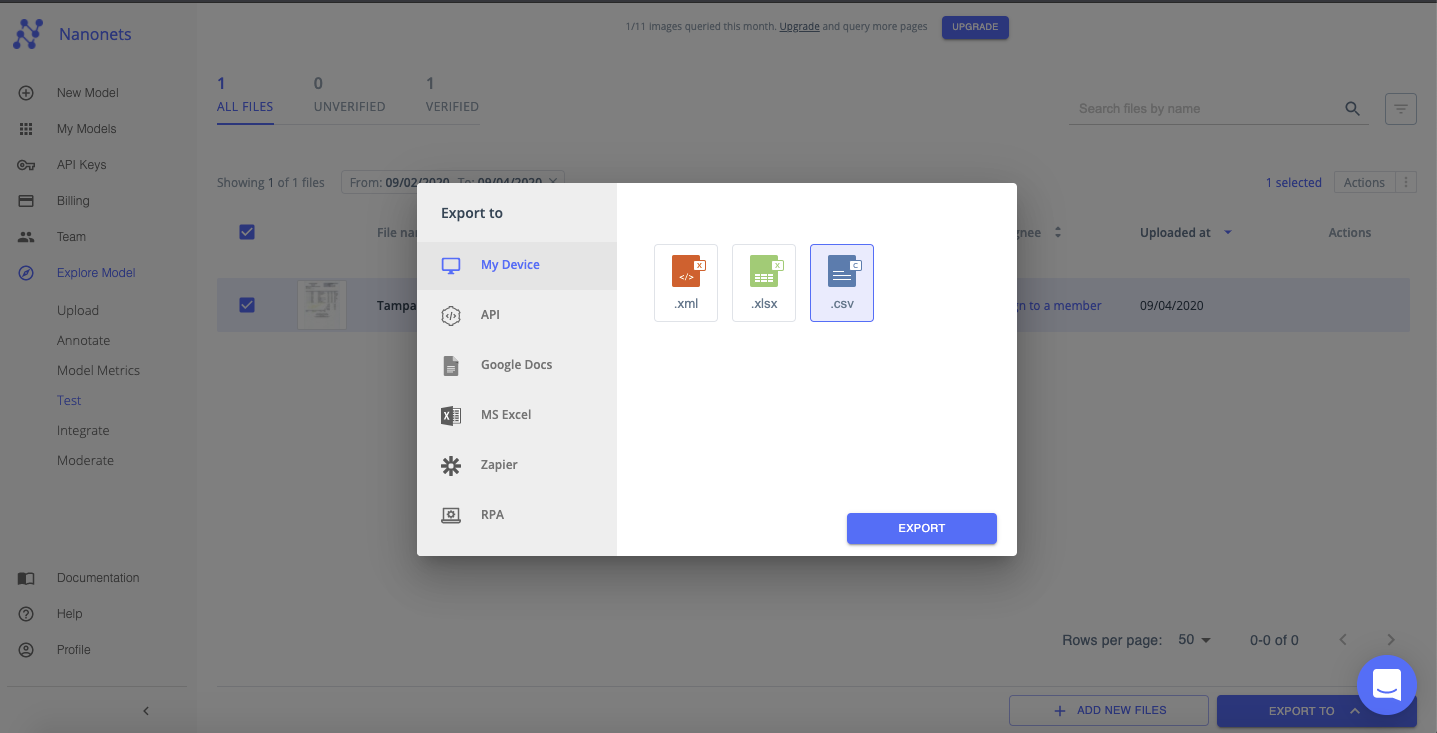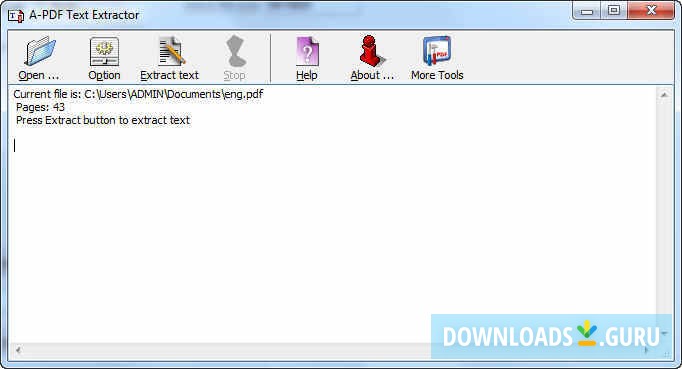

- #TEXT EXTRACTOR FROM PHOTO HOW TO#
- #TEXT EXTRACTOR FROM PHOTO DRIVER#
- #TEXT EXTRACTOR FROM PHOTO MANUAL#
- #TEXT EXTRACTOR FROM PHOTO CODE#
Open up a new file, name it ocr_form.py, and insert the following code: # import the necessary packagesįrom pyimagesearch.alignment import align_images We are now ready to implement our document OCR Python script using OpenCV and Tesseract. If you’re ready to dive in, simply head to the implementation section next! Implementing our document OCR script with OpenCV and Tesseract
#TEXT EXTRACTOR FROM PHOTO DRIVER#
#TEXT EXTRACTOR FROM PHOTO CODE#
If you’d like to follow along with today’s tutorial, find the “Downloads” section and grab the code and images archive.
#TEXT EXTRACTOR FROM PHOTO HOW TO#
We’ll learn how to develop a Python script to accomplish Steps #1 – #5 in this chapter by creating an OCR document pipeline using OpenCV and Tesseract. This is the point where a real-world system would pipe the information into a database or make a decision based upon it (ex.: perhaps you need to apply a mathematical formula to several fields in your document).įor a real-world use case, and as an alternative to Step #5, you may wish to pipe the information directly into an accounting database. Given that this tutorial is a proof of concept, we’ll simply annotate the OCR’d text data on the aligned scan for verification. From there, we manually examine the image and determine the bounding box (x, y)-coordinates of each field we want to OCR as shown in Figure 4:įigure 8: Finally, Step #5 in our OCR pipeline is to take action with the OCR’d text data. We can do this by opening our template image in our favorite image editing software, such as Photoshop, GIMP, or whatever photo application is built into your operating system.

Step #1 involves defining the locations of fields in the input image document. In this section, we’ll discover the five steps required for creating a pipeline to OCR a form. Implementing a document OCR pipeline with OpenCV and Tesseract is a multistep process. Steps to implementing a document OCR pipeline with OpenCV and Tesseract In the rest of this tutorial, you’ll learn how to implement a basic document OCR pipeline using OpenCV and Tesseract.
#TEXT EXTRACTOR FROM PHOTO MANUAL#
Optical Character Recognition algorithms can automatically digitize these documents, extract the information, and pipe them into a database for storage, alleviating the need for large, expensive, and even error-prone manual entry teams. These large organizations employ data entry teams whose sole purpose is to take these physical documents, manually re-type the information, and then save it into the system. The need for physical paper trails combined with the fact that nearly every document needs to be organized, categorized, and even shared with multiple people in an organization requires that we also digitize the information on the document and save it in our databases.

In this tutorial, we’ll put OpenCV, Tesseract, and Python to work for us to make an automated document recognition system.ĭespite living in the digital age, we still have a strong reliance on physical paper trails, especially in large organizations such as government, enterprise companies, and universities/colleges. Figure 3: As the owner of an accounting firm, would you rather pay people to manually enter form data into your accounting database, potentially introducing errors, or use a more accurate automated system that saves money? Given the money you could save, you could then hire employees who could analyze the accounting data and make decisions based upon it.


 0 kommentar(er)
0 kommentar(er)
